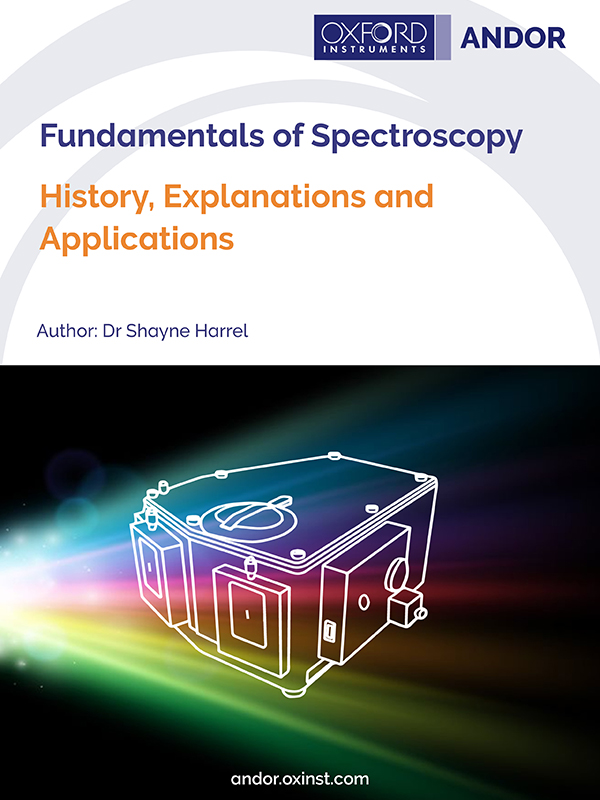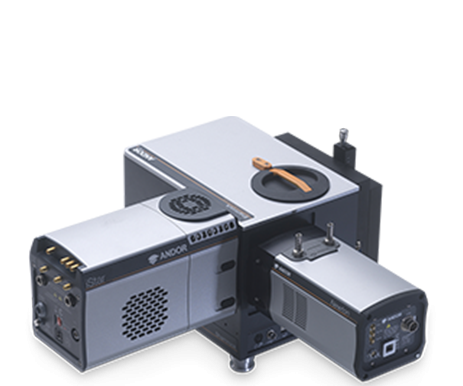Resources
 Part of the Oxford Instruments Group
Part of the Oxford Instruments Group
Expand
Collapse

Atomic spectroscopy involves the interaction of atoms with light, while molecular spectroscopy involves the interaction of molecules with light. Atomic spectroscopy provides information about the atomic or elemental identity of a sample, while molecular spectroscopy can reveal information about molecular identity and molecular structure.
The types of transitions involved atomic vs. molecular spectroscopy are different: in atomic spectroscopy electronic state transitions are typically observed, while in molecular spectroscopy, in addition to electronic state transitions, vibrational and rotational transitions can also be studied. This eBook focuses on molecular spectroscopy.
Download eBook
Andor’s range of CCD, EMCCD, ICCD, sCMOS and InGaAs detectors provide tailored solutions for demanding applications and challenging photon fluxes from UV to SWIR, including platforms with time resolution capabilities down to nanosecond regime and spectral rates up to multi-kHz regime.
